Equipment
Vokey to launch new line of TVD wedges
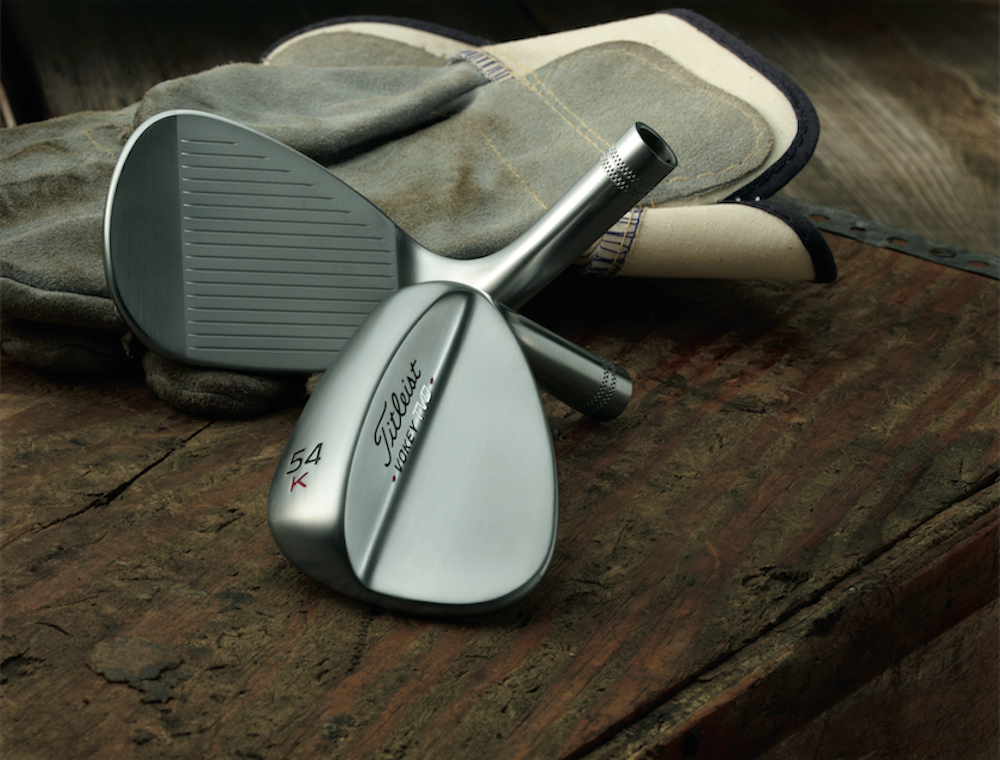
In March, Titleist launched its much-anticipated Vokey SM5 wedges, which offer golfers more spin through their new Spin Milled TX3 grooves, as well 21 different loft, bounce and grind combinations.
The SM5’s will cover the needs of most golfers interested in a Vokey wedge, but there’s always a few discerning players who want something a little different. For them, Vokey is releasing a new line of what it calls “Tour Van Design,” or TVD wedges, which add the new grooves and more grinds to two of the company’s most popular wedge models on tour: the TVD-K and TVD-M.
TVD-K wedges are used on tour by both Adam Scott and Jason Dufner in their lob wedges, and have soles that are wider and more cambered than other Vokey models. They’re available in lofts of 54-12, 56-12, 58-10 and 60-10.
While the 58- and 60-degree models are similar to their SM5 counterparts, the 58-11K and 60-11K, they have narrower soles and 1-degree less effective bounce than the SM5 models.
“The K grind has been a huge hit for us,” said Titleist Master Craftsman Bob Vokey. “It’s only been on Tour for a couple of years but we already have 30 guys using it. I think the secret is the cambered sole. It is wide and forgiving, but the camber keeps the club moving through the turf. So it’s playable in a variety of conditions.”
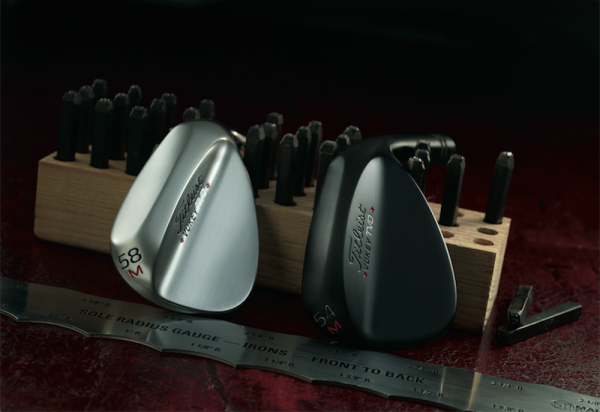
The TVD wedges are available in two finishes: California Chrome (left) and Black Ion.
The new TVD-M, which is available in lofts of 50-08, 52-08, 54-10, 56-12, 58-08 and 60-08, has a rounded teardrop profile that matches the shape of the TVD-K. Its moderate bounce and crescent-shaped M Grind sole makes it a great option for golfers who play courses with various turf conditions.
“We’ve had a lot of requests to match up the chassis, or shape, of the TVD-M with the TVD- K,” Vokey said. “It’s the natural progression of the series. We now have three distinct shapes in the Vokey family: the SM5 with a high toe peak, the rounded teardrop of the TVD and the compact look of the Hand Ground series. We have a look to fit anyone’s eye.”
Vokey’s new TVD wedges ($160 plus personalization packages) are available through Vokey.com and authorized Titleist accounts on May 7 as part of Vokey’s WedgeWorks lineup. They’re offered in two different finishes – California Chrome and Black Ion – and can be ordered in custom lofts, lengths and lie angles.
Golfers looking for a more personal touch can take advantage of Vokey staples such as toe engravings, stampings and laser shaft etching, as well as a variety of custom grip, shaft, shaft band and ferrule options.
- LIKE3
- LEGIT1
- WOW1
- LOL0
- IDHT0
- FLOP0
- OB0
- SHANK0
Whats in the Bag
WITB Time Machine: Danny Willett’s winning WITB, 2016 Masters
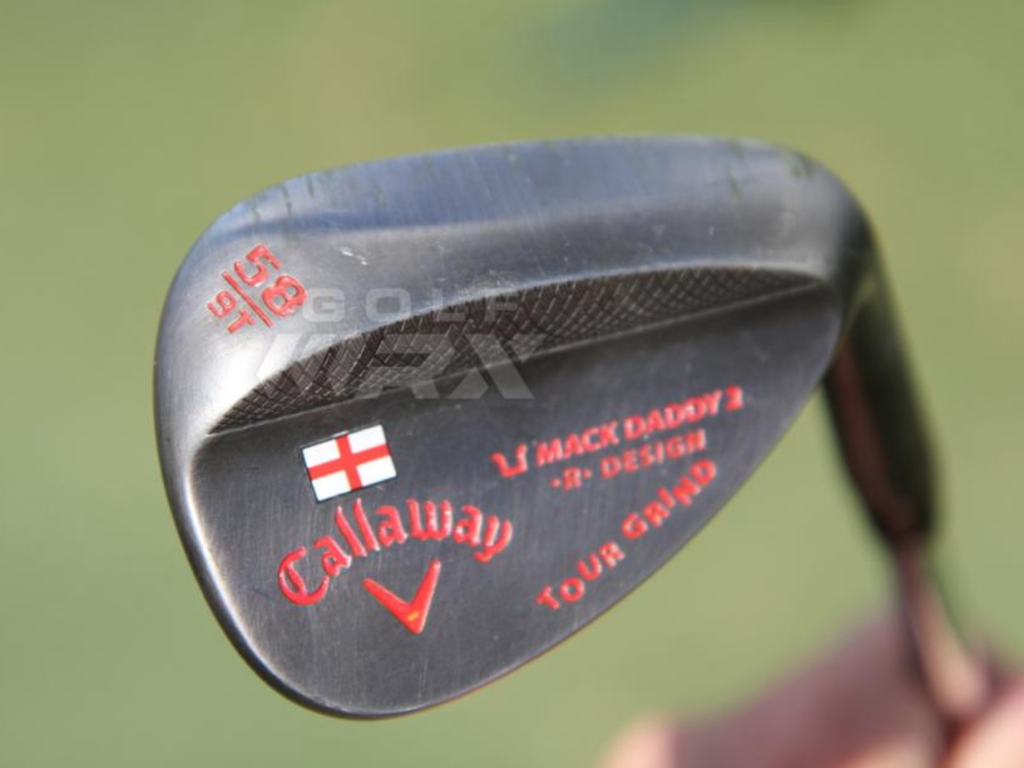
Driver: Callaway XR 16 (9 degrees)
Shaft: Mitsubishi Rayon Diamana W-Series 60 X
Length: 45.5 inches
3-wood: Callaway XR 16 (15 degrees)
Shaft: Mitsubishi Rayon Diamana W-Series 70X
5-wood: Callaway XR 16 (19 degrees)
Shaft: Mitsubishi Rayon Diamana W-Series 80X
Irons: Callaway Apex UT (2, 4), Callaway Apex Pro (5-9)
Shaft: True Temper Dynamic Gold X100 Superlite
Wedges: Callaway Mack Daddy 2 (47-11 S-Grind) Callaway Mack Daddy 2 Tour Grind (54-11, 58-9)
Shaft: True Temper Dynamic Gold X100 Superlite
Putter: Odyssey Versa #1 Wide (WBW)
Lie angle: 71 degrees
Ball: Callaway Speed Regime SR-3
Check out more photos of Willett’s equipment from 2016 here.
- LIKE2
- LEGIT0
- WOW1
- LOL0
- IDHT0
- FLOP0
- OB0
- SHANK0
Equipment
Project X Denali Blue, Black shaft Review – Club Junkie Review
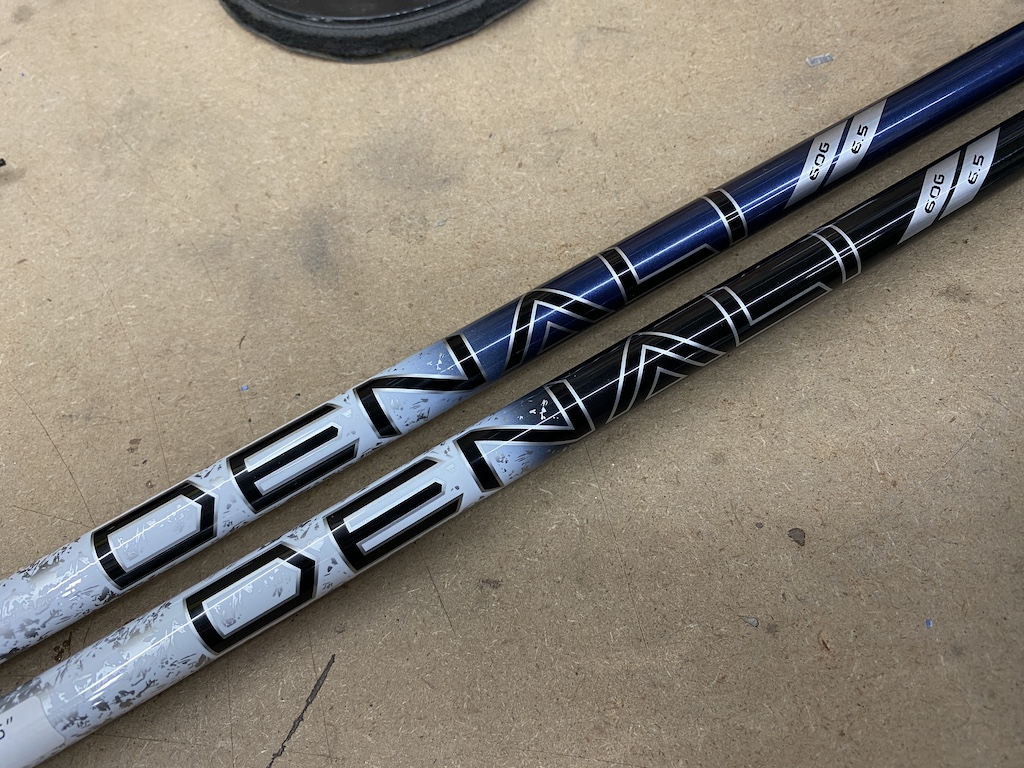
Originally, Project X was known for low-spin steel iron shafts. However, the company might now be known for wood shafts. Denali is the newest line of graphite shafts from Project X. With the Denali line, the company focuses on feel as well as performance.
There are two profiles in the Denali line, Blue and Black, to fit different launch windows. Denali Blue is the mid-launch and mid-spin profile for players who are looking for a little added launch and Denali Black is designed for low-launch and low-spin. Both models are going to offer you a smooth feel and accuracy.
For a full in-depth review check out the Club Junkie podcast on all podcast streaming platforms and on YouTube.
Project X Denali Blue
I typically fit better into mid-launch shafts, as I don’t hit a very high ball so the Denali Blue was the model I was more excited to try. Out of the box, the shaft looks great and from a distance, it is almost hard to tell the dark blue from the Denali Black. With a logo down install of the shaft, you don’t have anything to distract your eyes, just a clean look with the transition from the white and silver handle section to the dark navy mid and tip.
Out on the course, the Blue offers a very smooth feel that gives you a good kick at impact. The shaft loads easily and you can feel the slightly softer handle section compared to the HZRDUS lineup. This gives the shaft a really good feel of it loading on the transition to the downswing, and as your hands get to impact, the Denali Blue keeps going for a nice, strong kick.
Denali Blue is easy to square up at impact and even turn over to hit it straight or just little draws and most of the flex of the shaft feels like it happens right around where the paint changes from silver to blue. The Blue launches easily and produces what I consider a true mid-flight with the driver. While it is listed as mid-spin, I never noticed any type of rise in my drives. Drives that I didn’t hit perfectly were met with good stability and a ball that stayed online well.
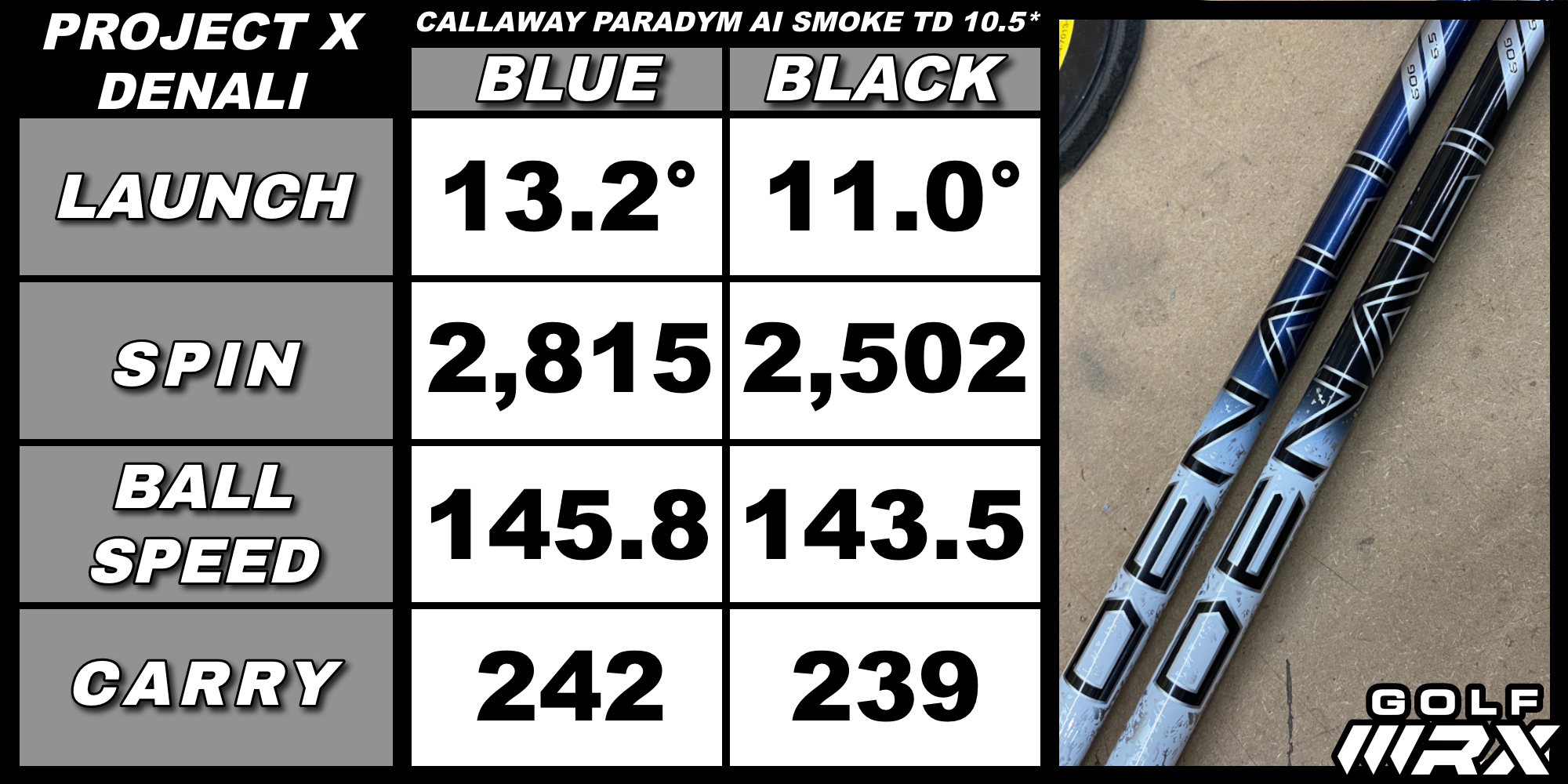
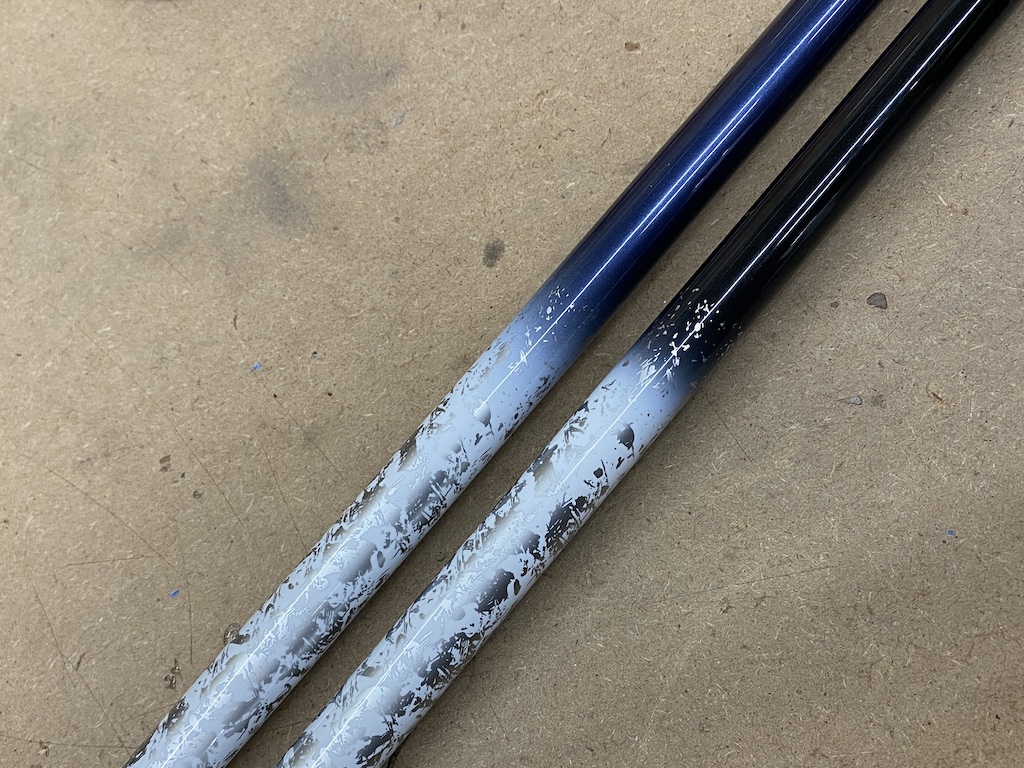
Project X Denali Black
When you hold the Denali Black in your hands you can tell it is a more stout shaft compared to its Blue sibling by just trying to bend it. While the handle feels close to the Blue in terms of stiffness, you can tell the tip is much stiffer when you swing it.
Denali Black definitely takes a little more power to load it but the shaft is still smooth and doesn’t give you any harsh vibrations. Where the Blue kicks hard at impact, the Black holds on a little and feels like keeps you in control even on swings that you try and put a little extra effort into. The stiff tip section also makes it a little harder to square up at impact and for some players could take away a little of the draw from their shot.
Launch is lower and more penetrating compared to the Blue and produces a boring, flat trajectory. Shots into the wind don’t rise or spin up, proving that the spin stays down. Like its mid-launch sibling, the Black is very stable and mishits and keeps the ball on a straighter line. Shots low off the face don’t get very high up in the air, but the low spin properties get the ball out there farther than you would expect. For being such a stout shaft, the feel is very good, and the Denali Black does keep harsh vibrations from your hands.
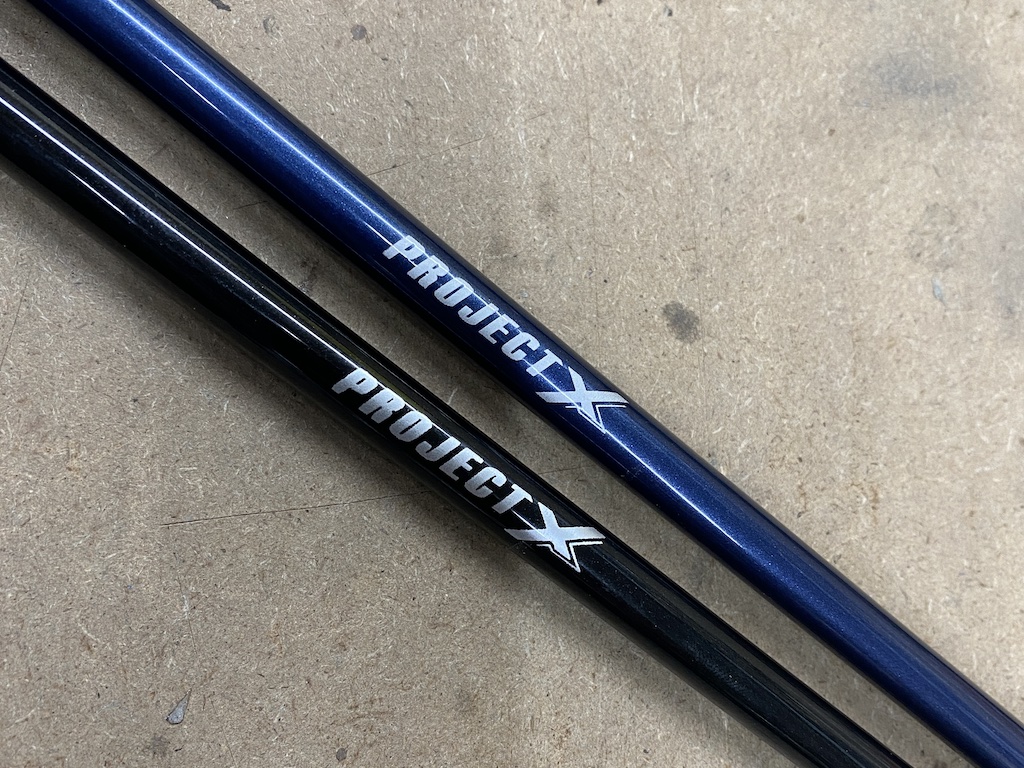
Overall the Project X Denali Blue and Black are great additions to the line of popular wood shafts. If you are looking for good feel and solid performance the Denali line is worth trying out with your swing. Choose Blue for mid-launch and mid-spin or Black for lower launch and low spin.
- LIKE1
- LEGIT1
- WOW1
- LOL0
- IDHT0
- FLOP0
- OB0
- SHANK0
Equipment
What we know about Bryson DeChambeau’s 3D-printed Avoda irons
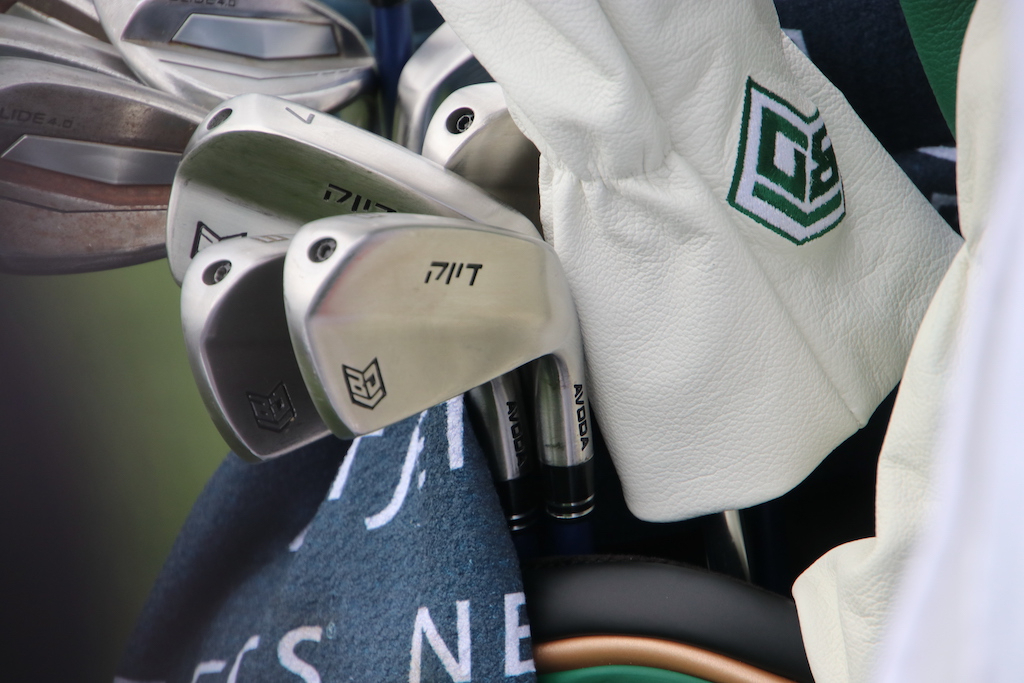
Bryson DeChambeau fired an opening-round 7-under 65 at Augusta National, hitting an impressive 15 of 18 greens in regulation in the process. Golf’s mad scientist’s play grabbed headlines and so too did his equipment. In place of the Ping i230 irons he had in the bag last week for LIV Golf’s Miami event, DeChambeau is gaming a prototype 5-PW set of irons from little-known direct-to-consumer manufacturer Avoda.
What is Avoda Golf?
Founded by Tom Bailey, also a Mike Schy student like Bryson DeChambeau, Avoda Golf is a direct-to-consumer golf equipment company that currently manufactures both single and variable-length irons in one model that are available for pre-order.
What irons is Bryson DeChambeau playing?
Per multiple reports, DeChambeau is playing a custom-designed set of single-length irons that incorporate bulge and roll into the face design. The two-piece 3D-printed irons were reportedly only approved for play by the USGA this week, according to Golfweek’s Adam Schupak.
Regarding the irons, DeChambeau told Golf Channel the irons’ performance on mishits was the determining factor in putting them in play this week. “When I mishit on the toe or the heel,” DeChambeau said. “It seems to fly a lot straighter for me and that’s what has allowed me to be more comfortable over the ball.”
What can we tell about the design of the clubs?
These days, it is a little hard to speculate on what is under the hood with so many hollow body irons. DeChambeau’s irons look to be hollow on the lower section as they do flare back a decent amount. That “muscle” on the back also looks to be fairly low on the iron head, but we can assume that is progressive through the set, moving up higher in the short irons.
A screw out on the toe is probably used to seal up the hollow cavity and used as a weight to dial in the swing weight of the club. From pictures, it is hard to tell but the sole looks to have a little curve from heel to toe while also having some sharper angles on them. A more boxy and sharper toe section looks to be the design that suits Bryson’s eye based on the irons he has gravitated toward recently.
What are bulge and roll, again?
Two types of curvature in a club face, traditionally incorporated only in wood design. Bulge is heel-toe curvature. Roll is crown-sole curvature. Both design elements are designed to mitigate gear effect on off-center strikes and produce shots that finish closer to the intended target line. (GolfTec has an excellent overview of bulge and roll with some handy GIFs for the visual learner)
What else is in DeChambeau’s bag?
Accompanying his traditional Sik putter, Bryson builds his set with a Ping Glide 4.0 wedges, a Krank Formula Fire driver and 5-wood, and a TaylorMade BRNR Mini Driver, all with LA Golf graphite shafts.
- LIKE56
- LEGIT18
- WOW14
- LOL6
- IDHT2
- FLOP1
- OB3
- SHANK9
-

 19th Hole2 days ago
19th Hole2 days agoDave Portnoy places monstrous outright bet for the 2024 Masters
-

 19th Hole3 weeks ago
19th Hole3 weeks agoJohn Daly stuns fans into silence with brutal opening tee shot on PGA Tour Champions
-

 19th Hole2 weeks ago
19th Hole2 weeks agoThings got heated at the Houston Open between Tony Finau and Alejandro Tosti. Here’s why
-

 19th Hole3 days ago
19th Hole3 days agoTiger Woods arrives at 2024 Masters equipped with a putter that may surprise you
-

 19th Hole1 week ago
19th Hole1 week agoReport: Tiger Woods has ‘eliminated sex’ in preparation for the 2024 Masters
-

 19th Hole3 weeks ago
19th Hole3 weeks agoCharlie Woods finds it tough going on American Junior Golf Association debut
-

 19th Hole1 week ago
19th Hole1 week agoAddiction, spinal fusion, and scam artists – Everything Anthony Kim revealed in candid interview with David Feherty
-

 19th Hole1 week ago
19th Hole1 week agoAnthony Kim says doctors told him that he ‘may not have much time left’ ahead of LIV return



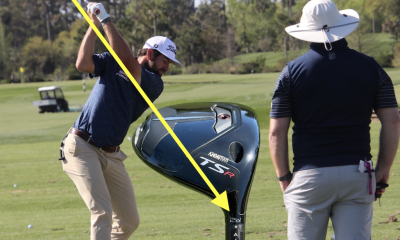



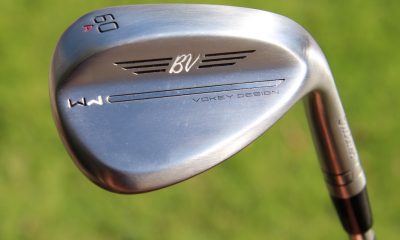

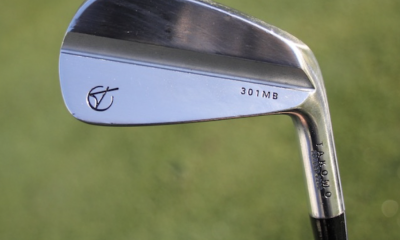



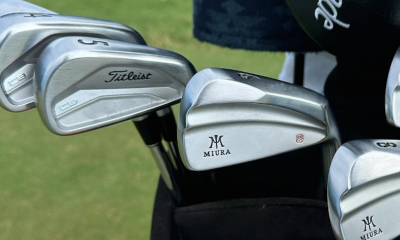

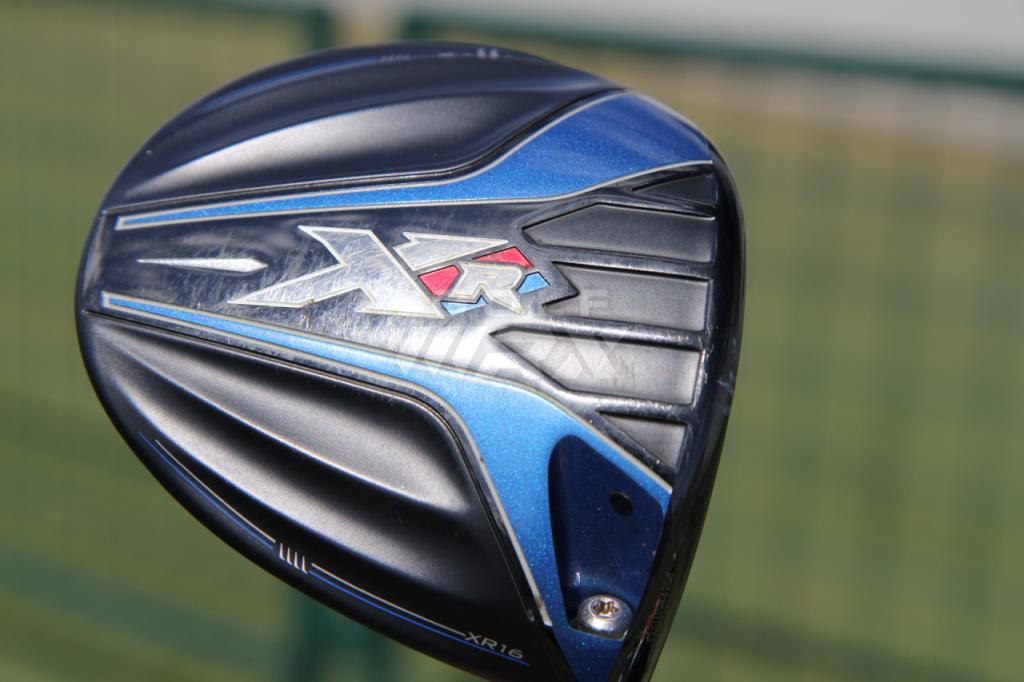
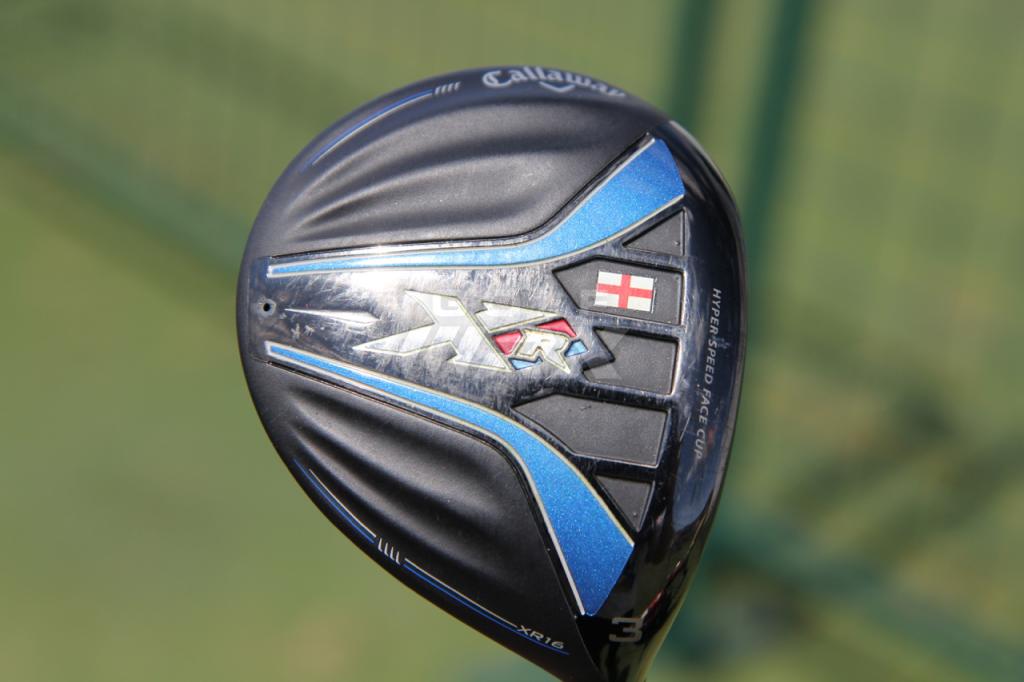

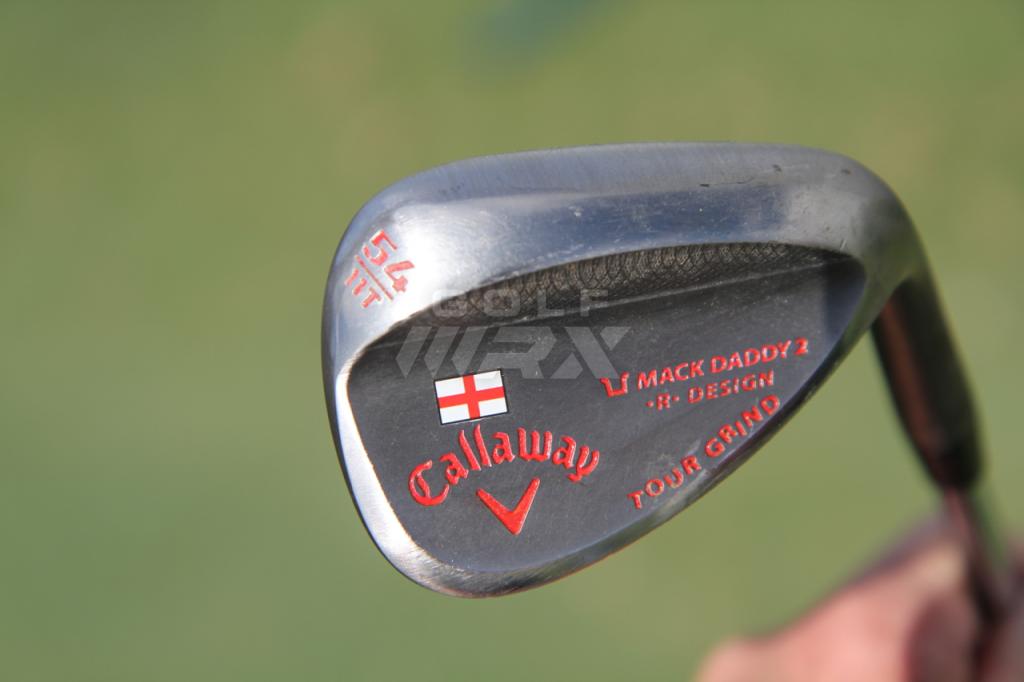
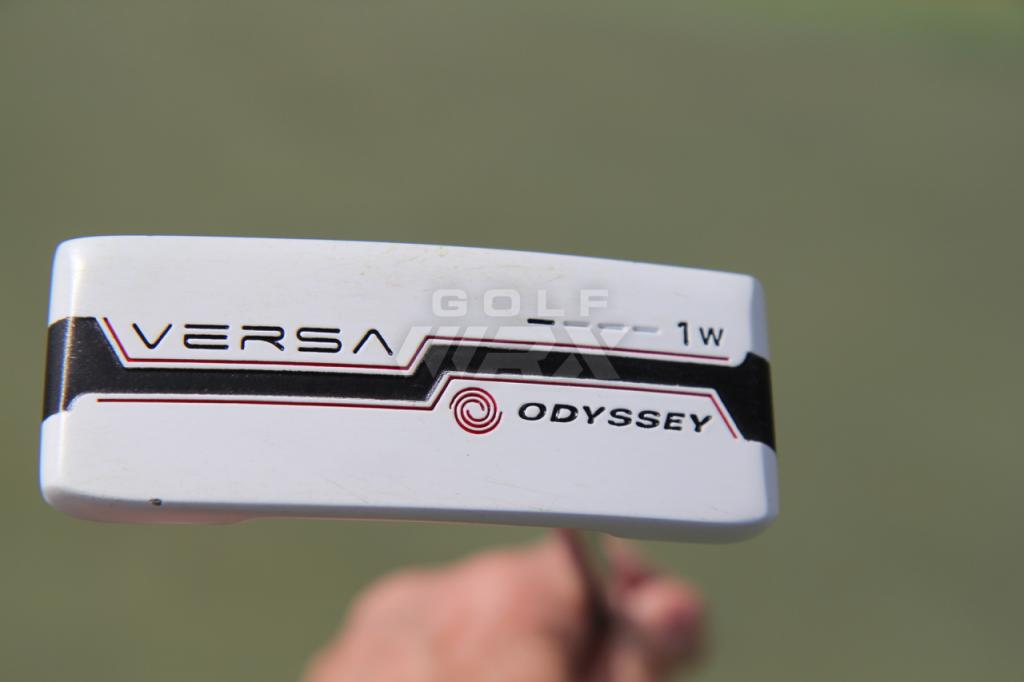














Curt
May 1, 2014 at 12:26 am
Vokeys, in my opinion, are just as soft as forged wedges. I’ve used Mizuno, Cleveland, Ping & Scratch wedges and I keep going back! Picking up a couple of wedge works on Saturday, can’t wait!!
BOBBY D
Apr 30, 2014 at 1:51 pm
new TVD-K ordered and should be here soon…can’t wait to get it into play!!!
cmasty
Apr 30, 2014 at 12:54 pm
Forged actually dampens the vibration… Less “feel”, if you will. Thus forged feels softer.
Calvin
Apr 29, 2014 at 5:41 pm
Will the SM5 be carried over to the hand ground wedges as well?
The dude
Apr 29, 2014 at 4:31 pm
Why do they noT offer a forged?
The truth
Apr 30, 2014 at 11:57 am
because Vokey knows that forged clubs are overrated. Titleist knows that consumers will continue to buy their cast wedges for their “feel” clubs and yet play their overpriced forged irons. LOL.
Ben
Apr 29, 2014 at 10:52 am
one day they’ll offer forged wedges to us. one day……..
Naru
Apr 29, 2014 at 11:54 am
>Ben,
There is a forged Vokey wedges available in Japan. It’s called a Vokey Design Cold Forged.
http://www.titleist.co.jp/htm/wedges/cold_forged.shtml
(Titleist Japan offers website only in Japanese)
MSRP is approximately $240.
Ben
Apr 29, 2014 at 12:00 pm
I meant U.S.; sorry 🙂
Yea, tourspec has had the forged ones before. At those prices I’ll stick with my Miura’s